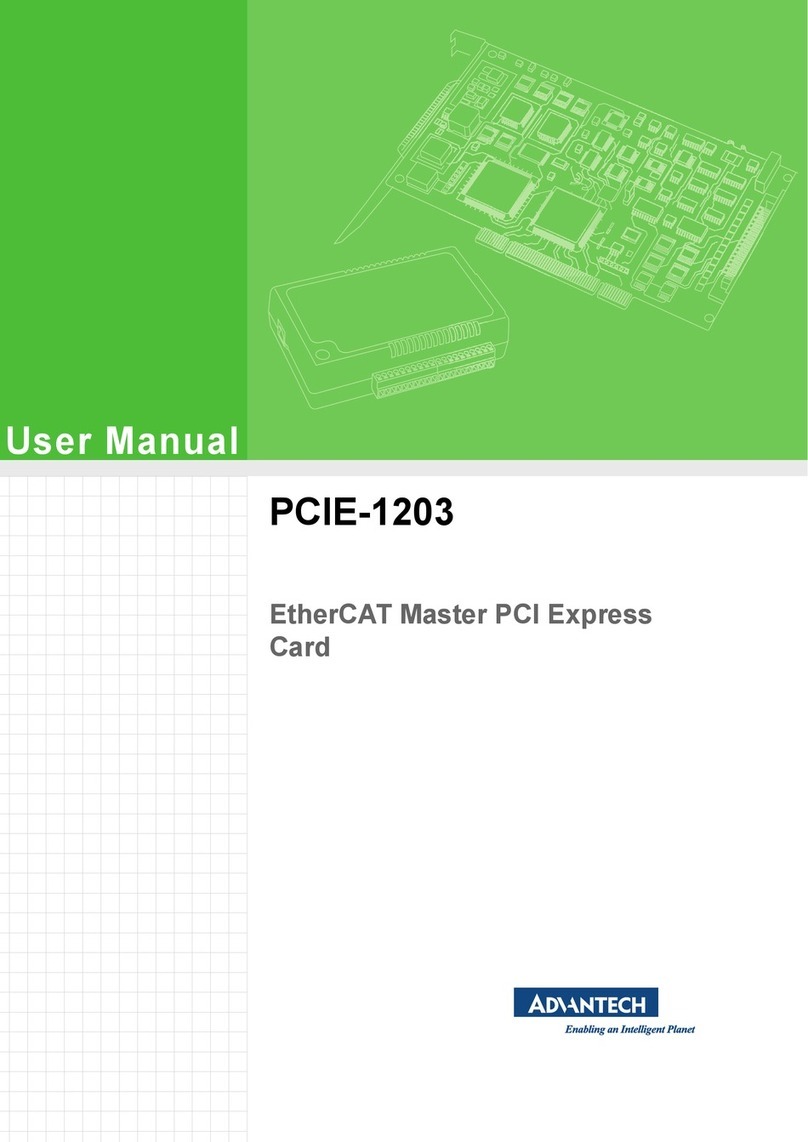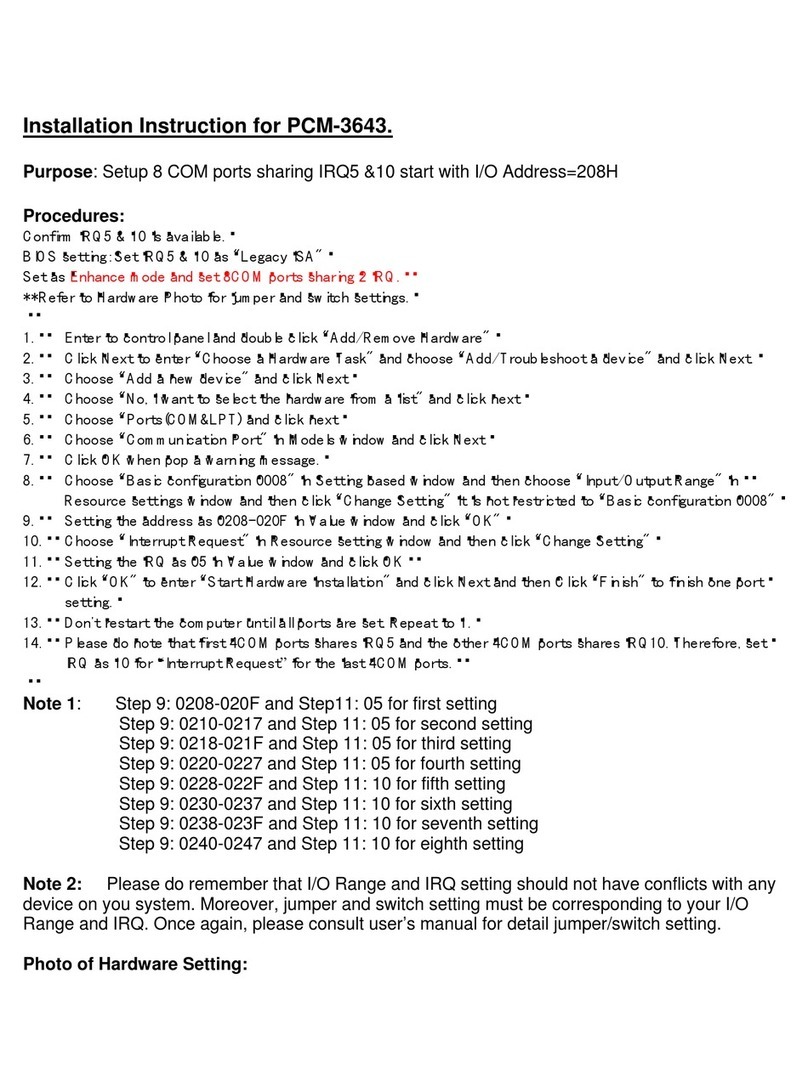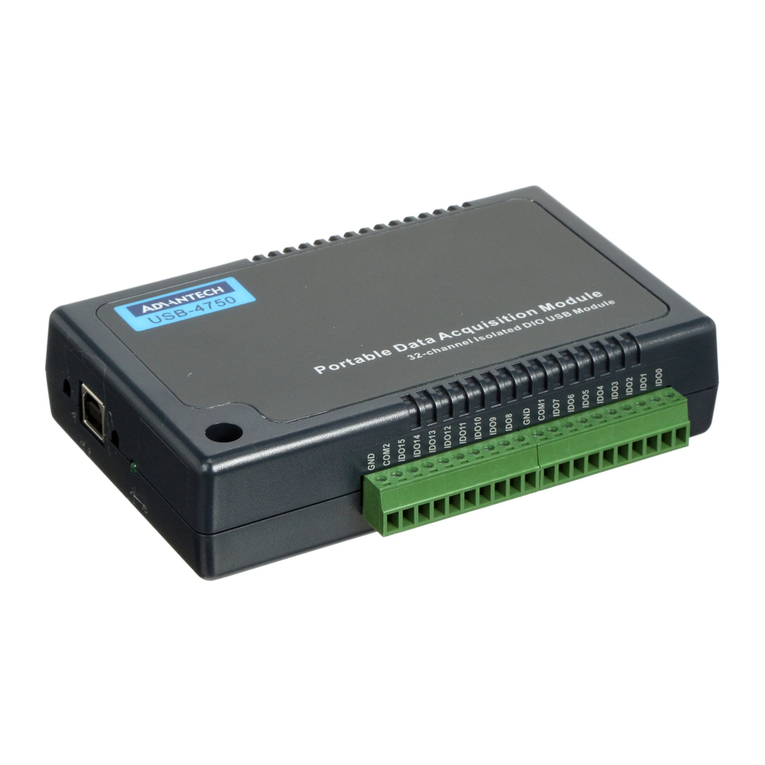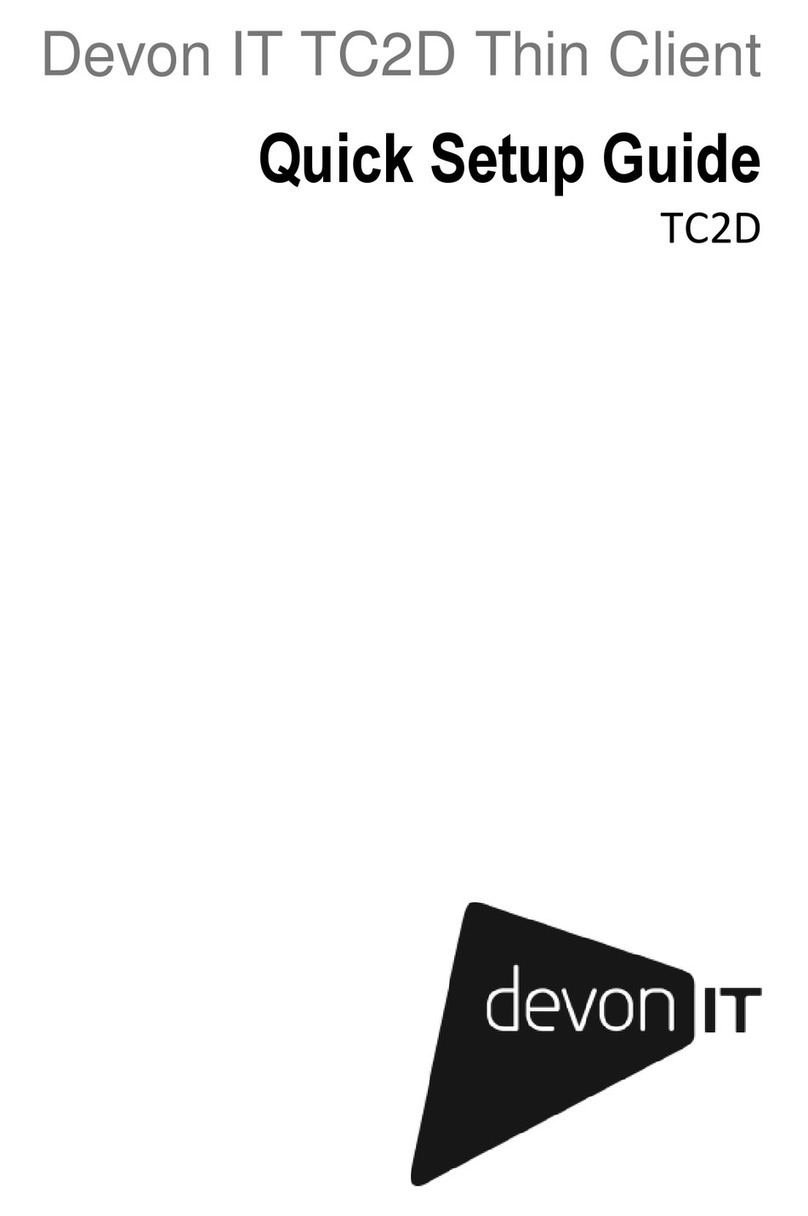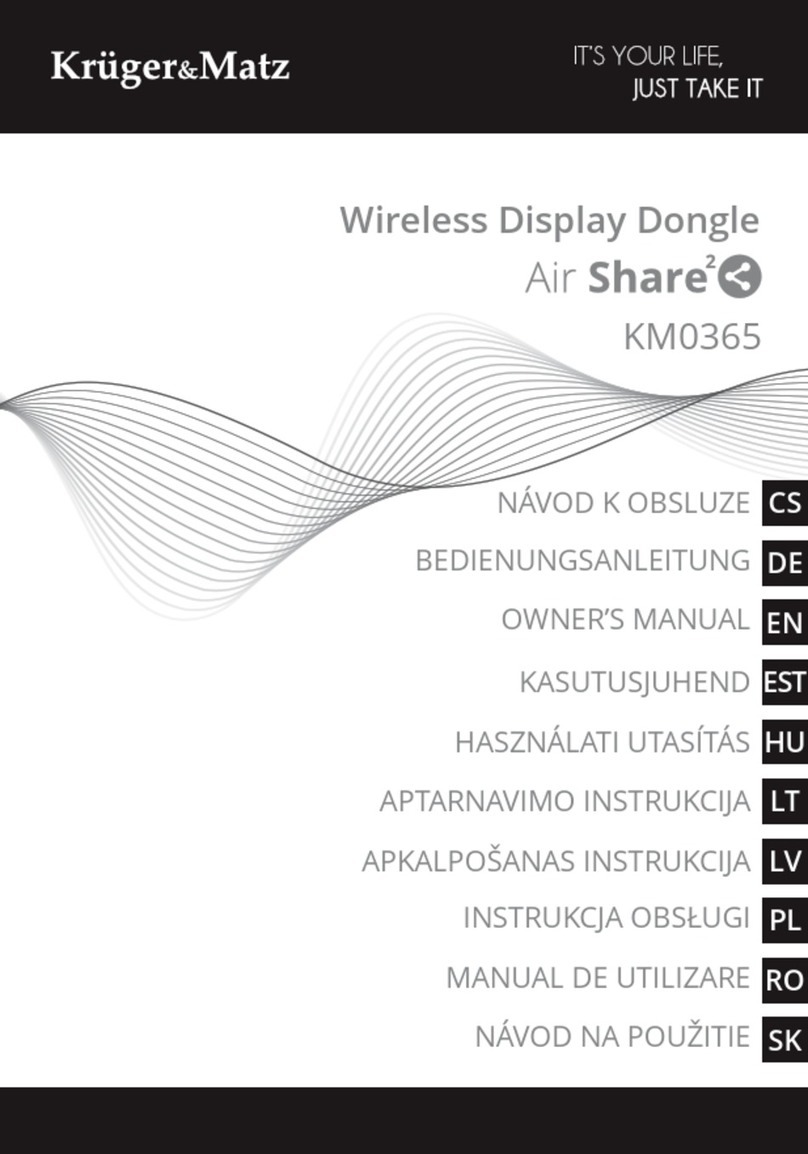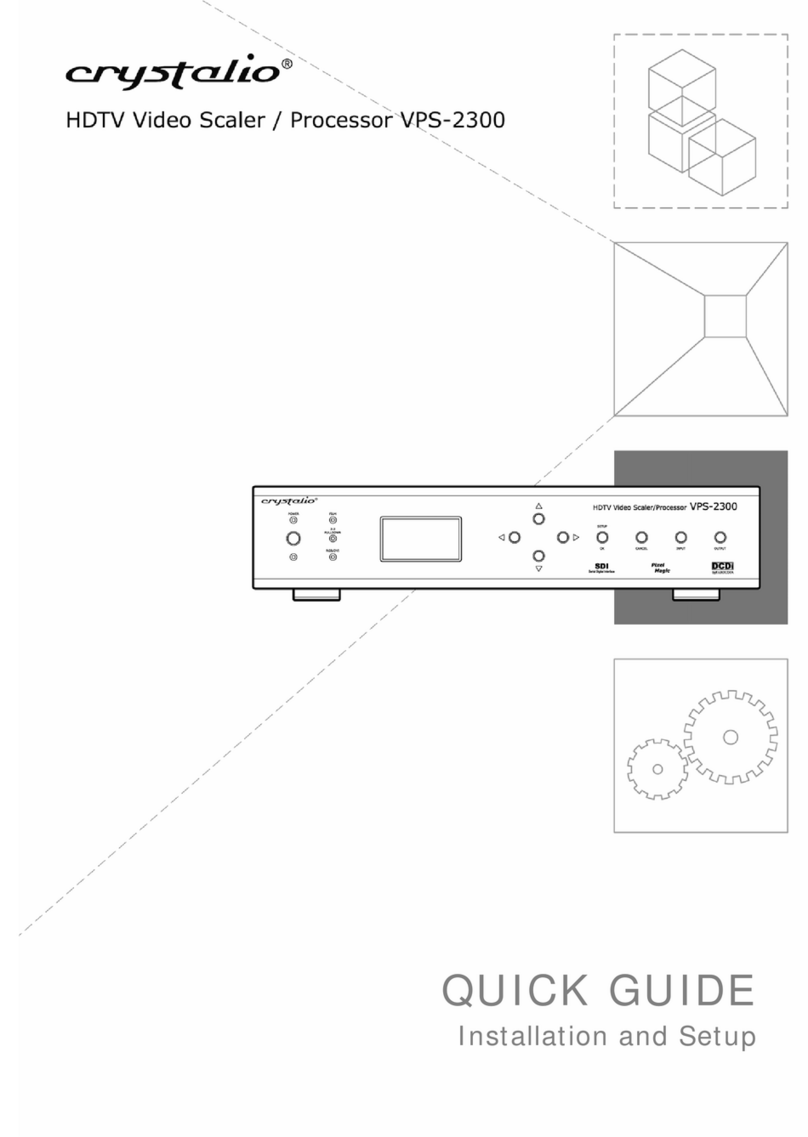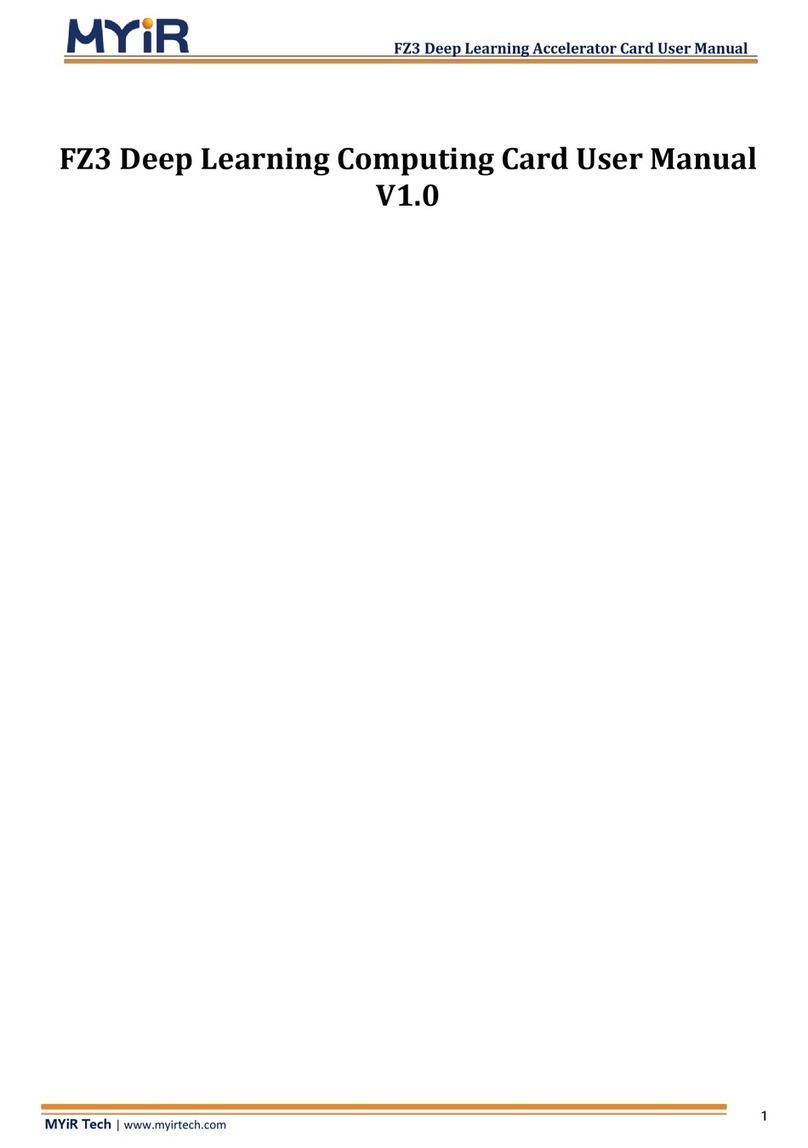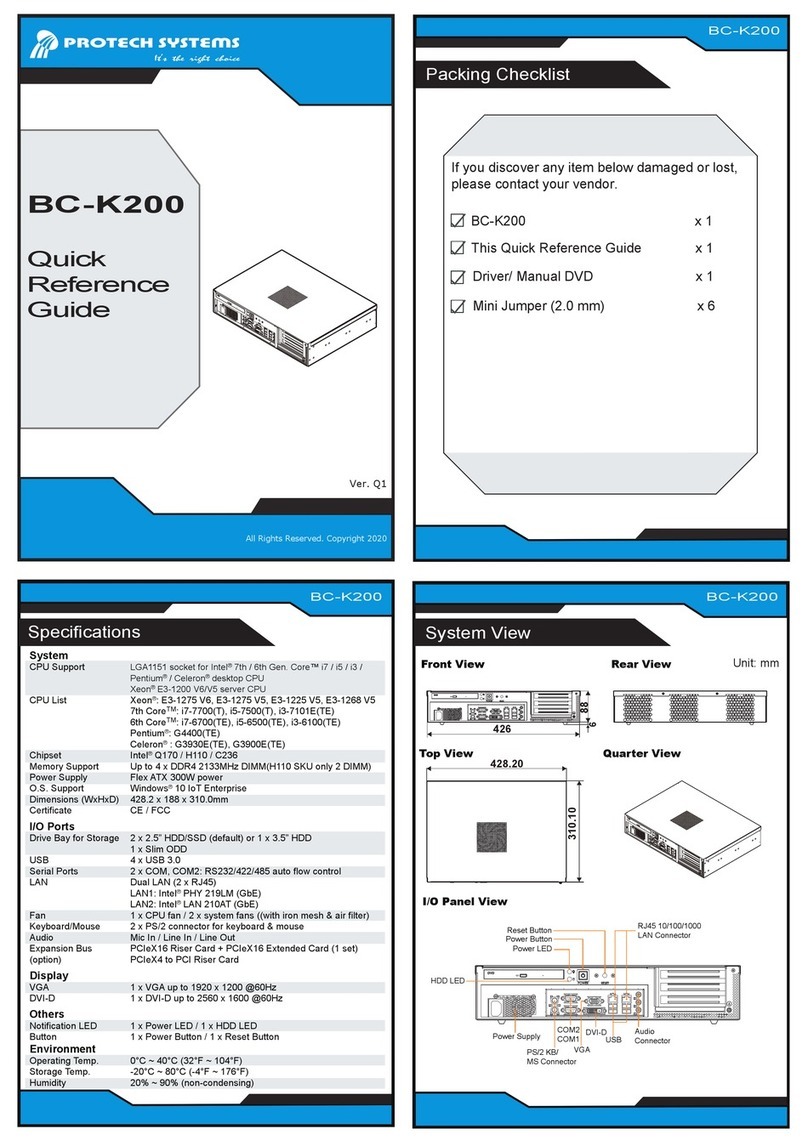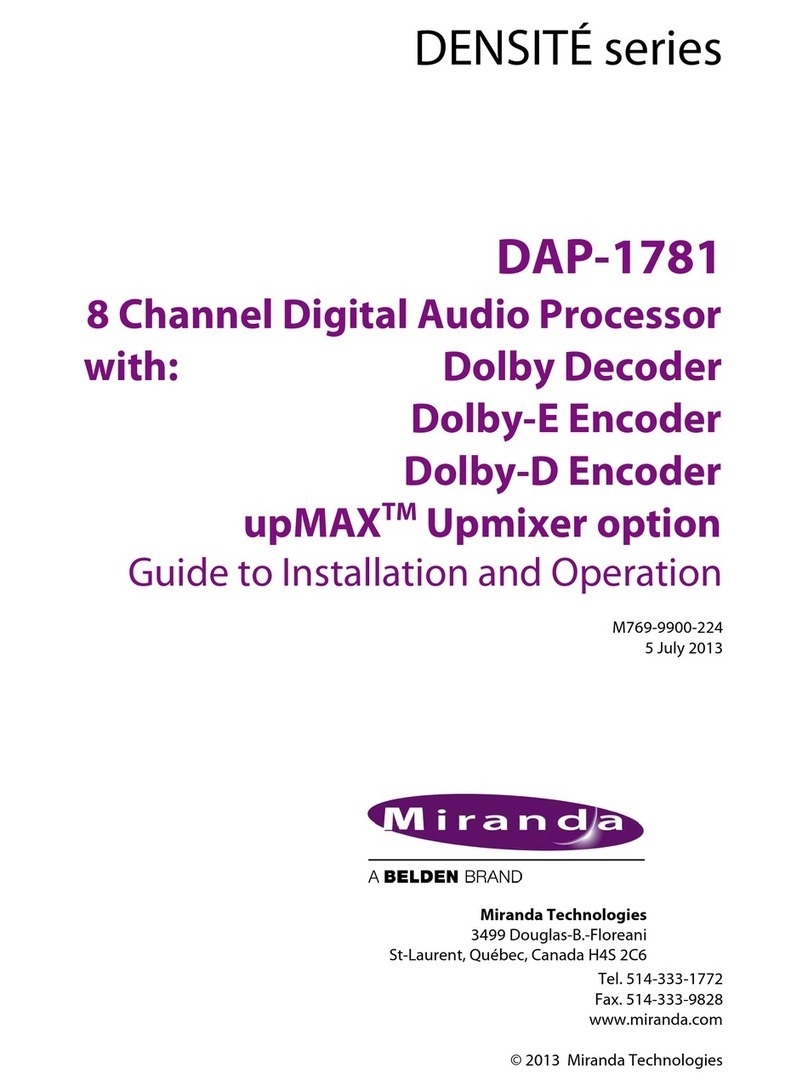Advantech EIS-D210 User manual
Other Advantech Computer Hardware manuals

Advantech
Advantech PCA-6751 Series User manual
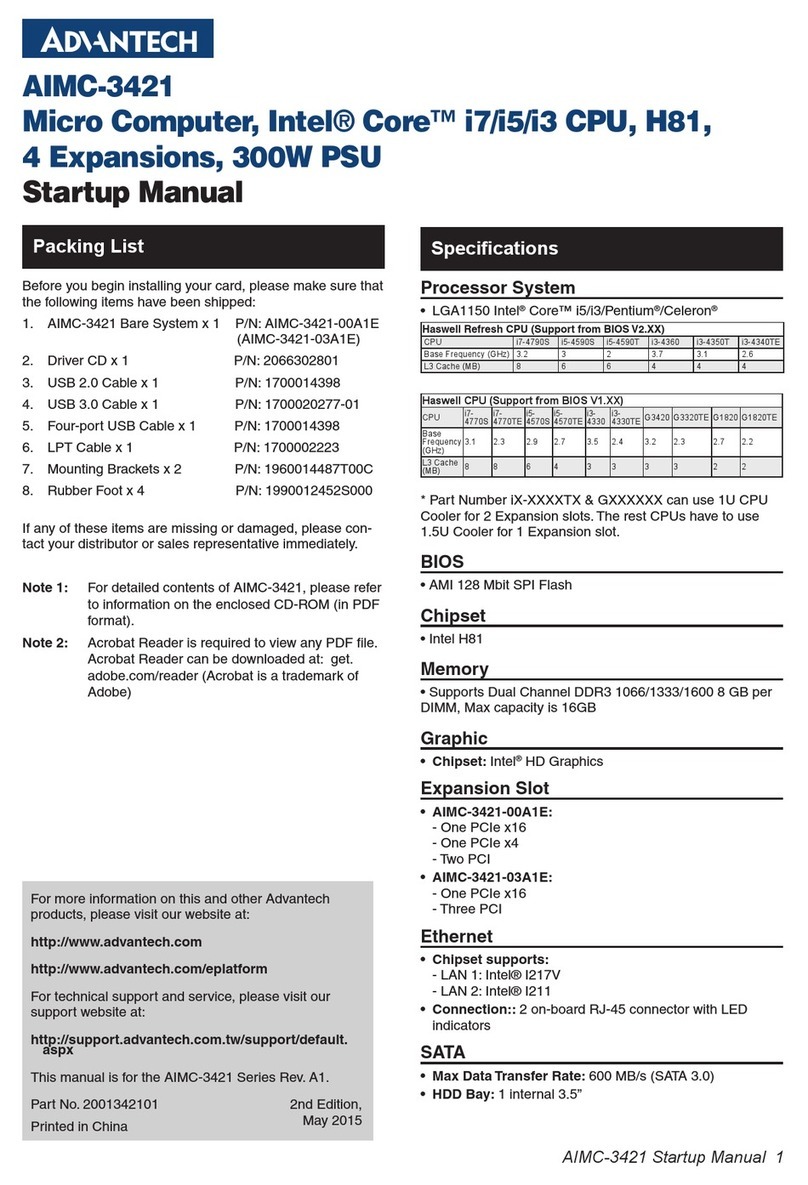
Advantech
Advantech AIMC-3421 Installation and operation manual
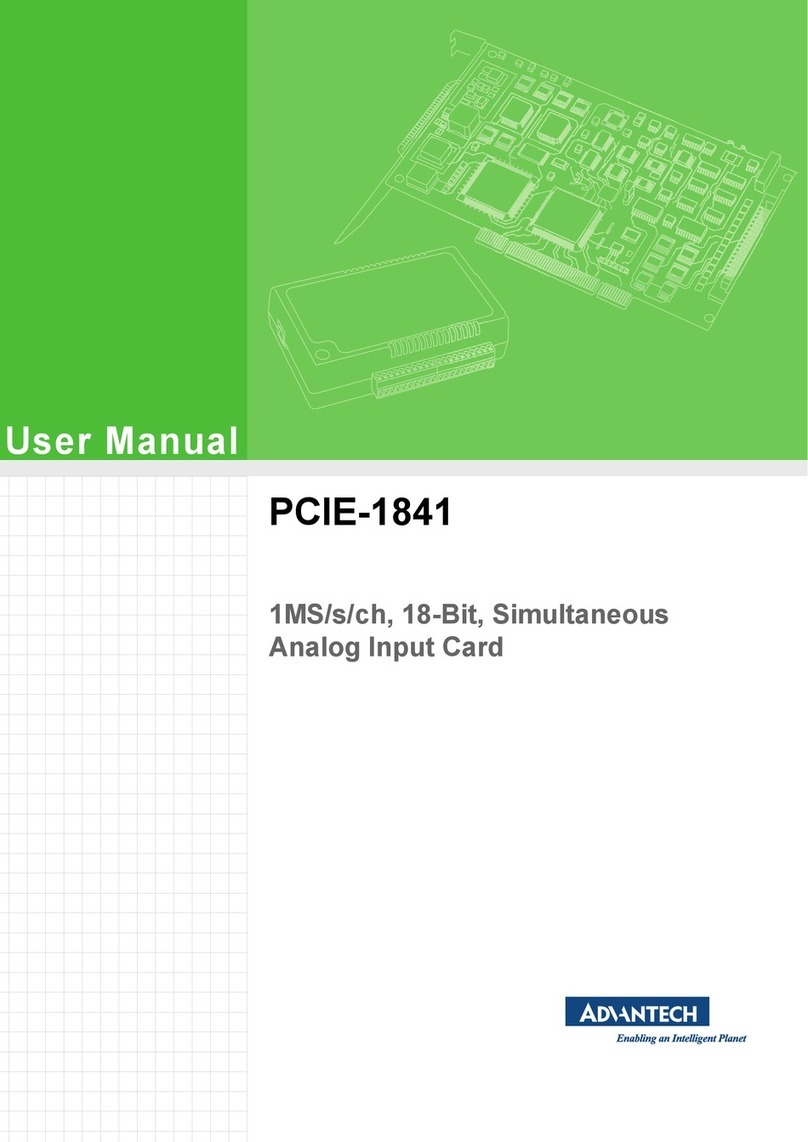
Advantech
Advantech PCIE-1841 User manual
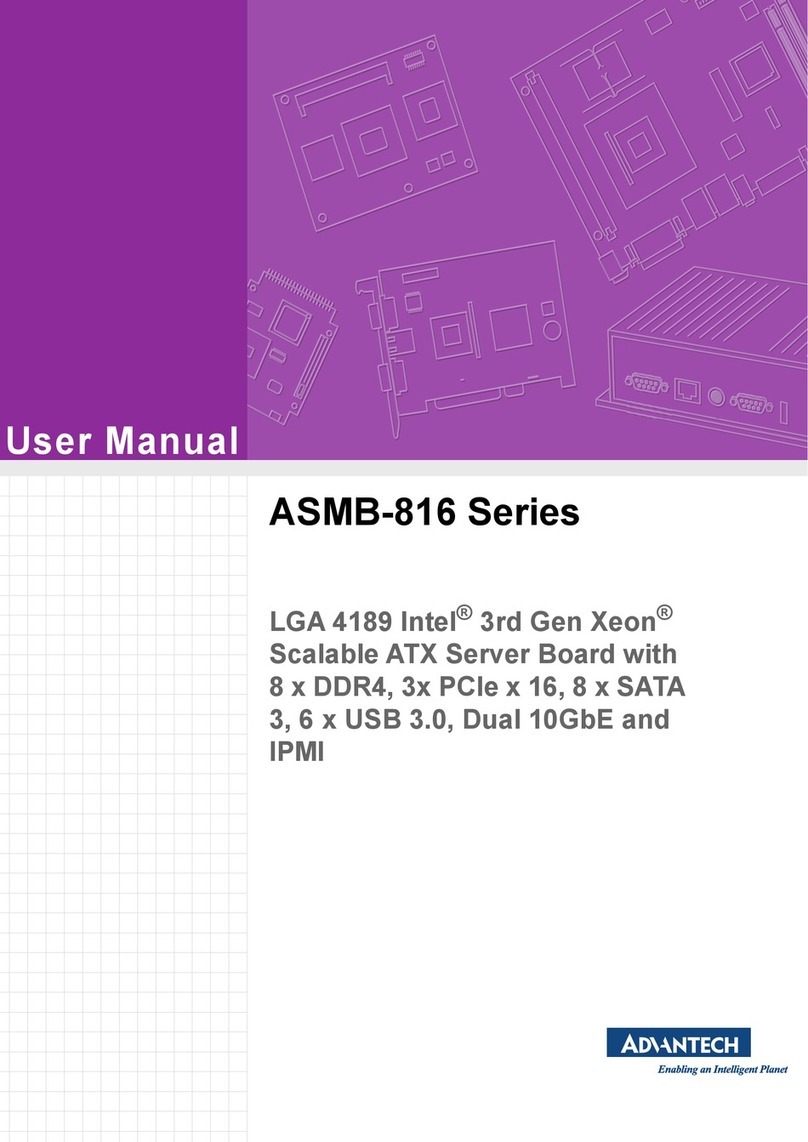
Advantech
Advantech ASMB-816 Series User manual
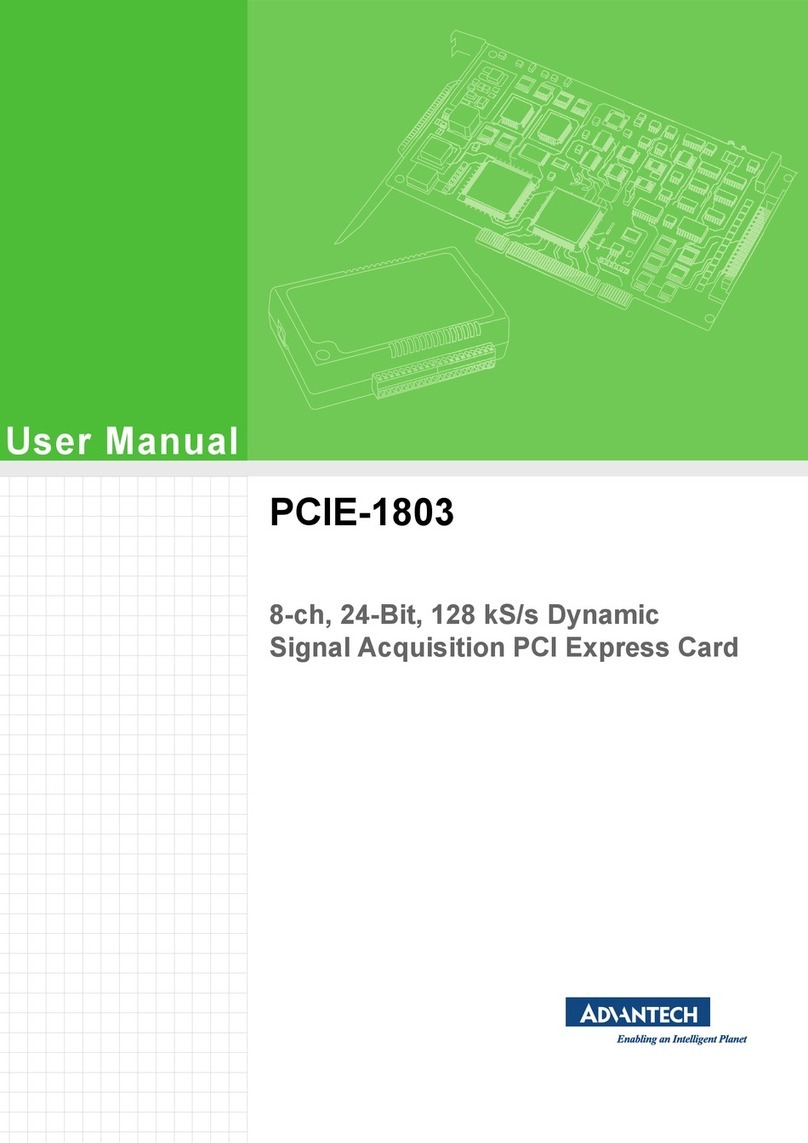
Advantech
Advantech PCIE-1803 User manual

Advantech
Advantech EPD-660 User manual
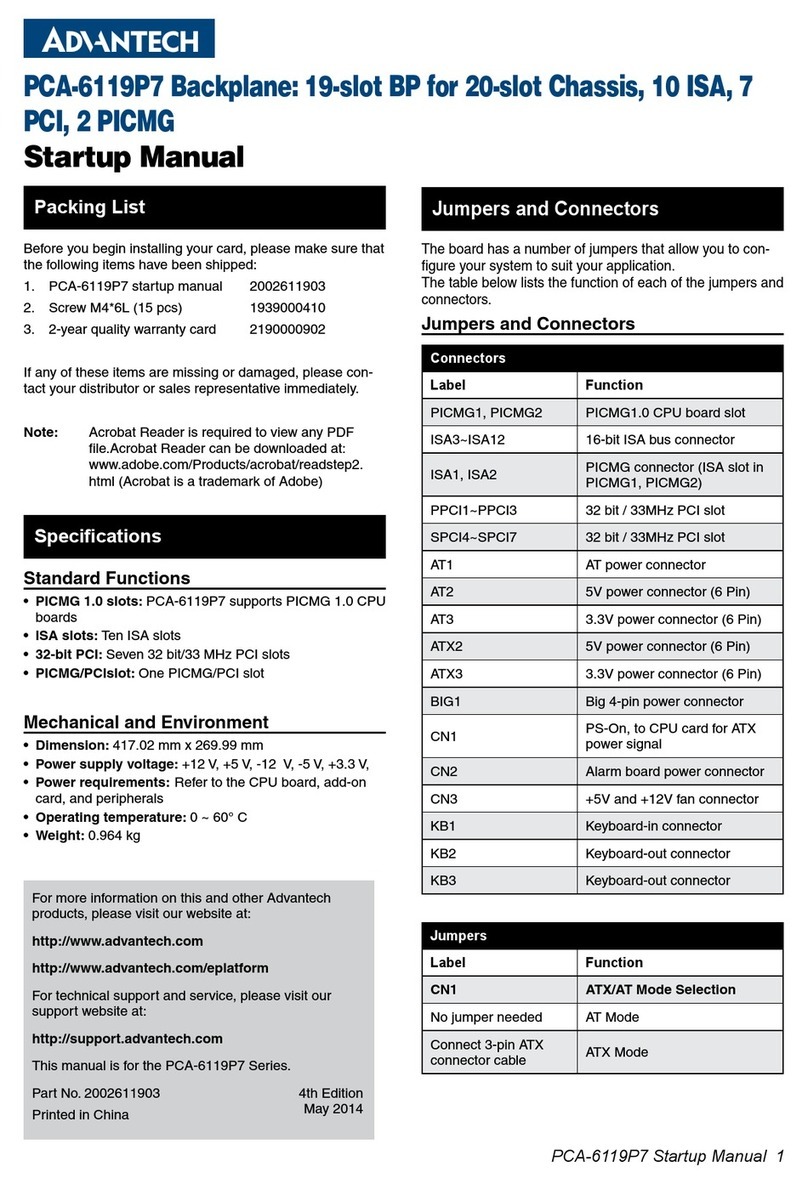
Advantech
Advantech PCA-6119P7 Installation and operation manual
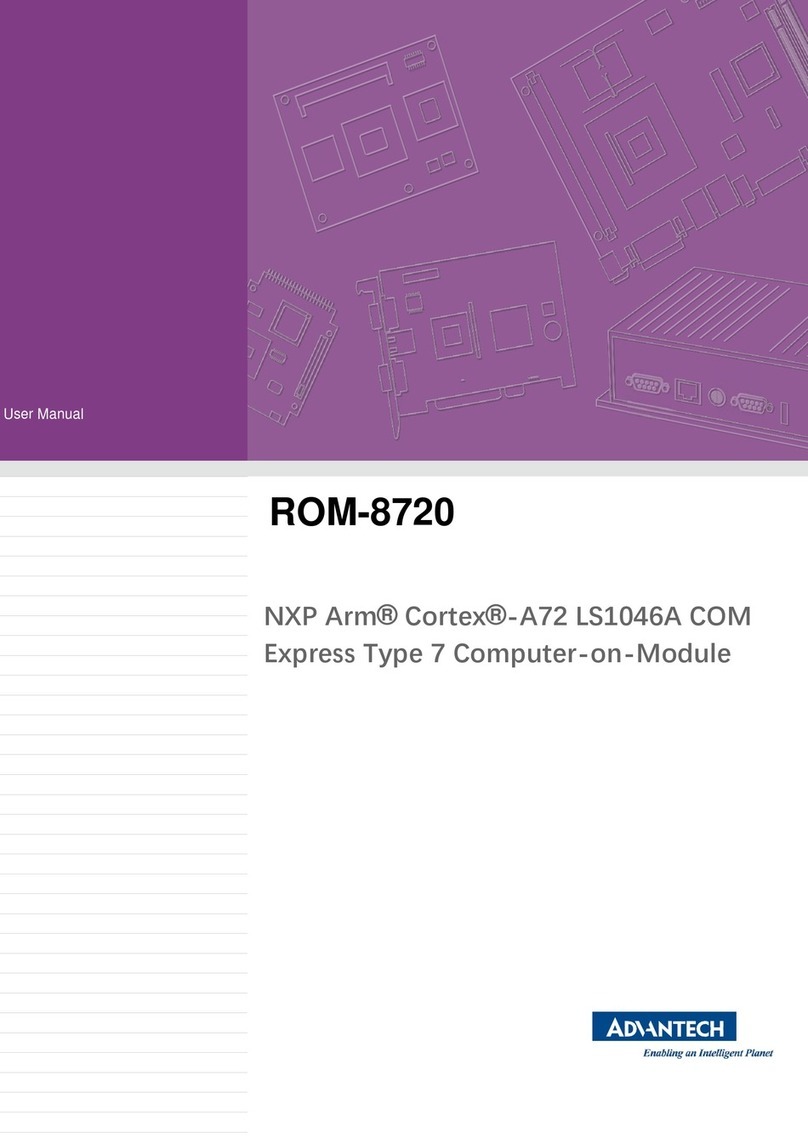
Advantech
Advantech ROM-8720 User manual

Advantech
Advantech PCA-6178 User manual
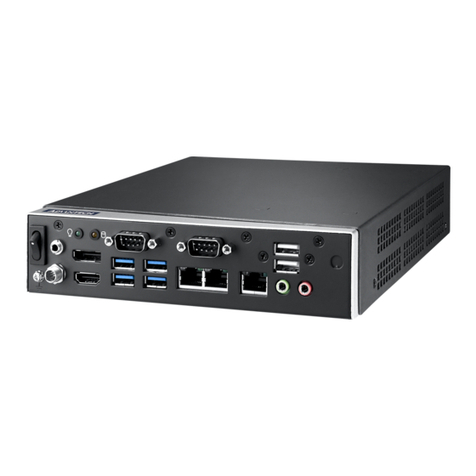
Advantech
Advantech EPC-T4286 Series User manual
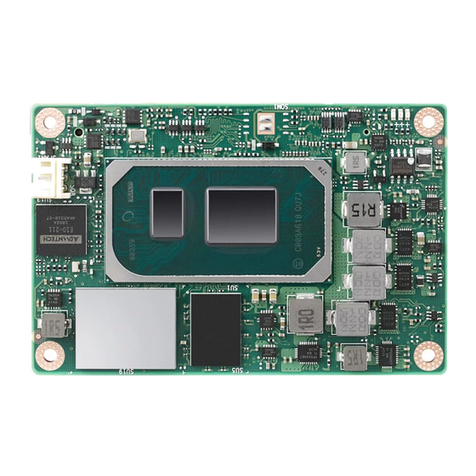
Advantech
Advantech SOM-7583 User manual
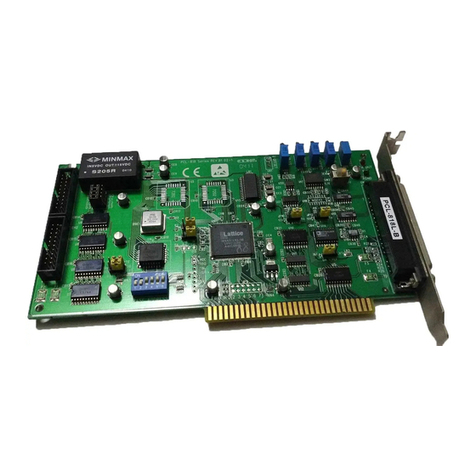
Advantech
Advantech PCL-818L User manual

Advantech
Advantech PCM-3753I User manual
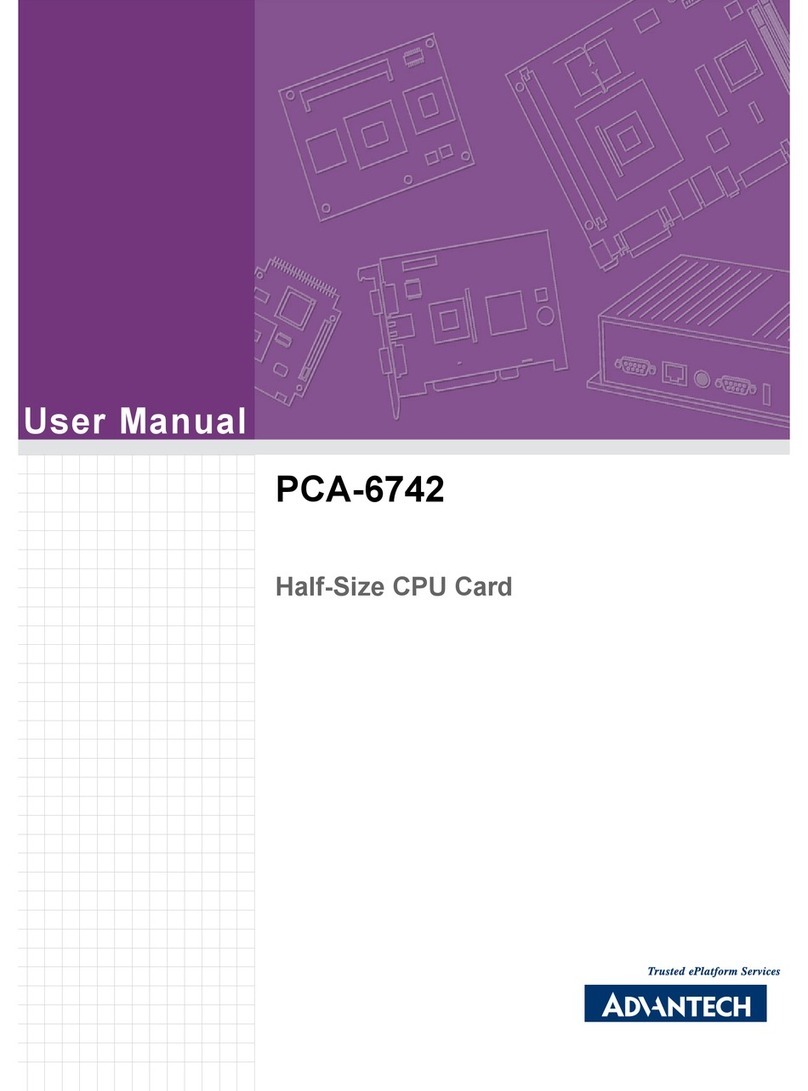
Advantech
Advantech PCA-6742 Series User manual

Advantech
Advantech PCLD-8811 Installation and operation manual
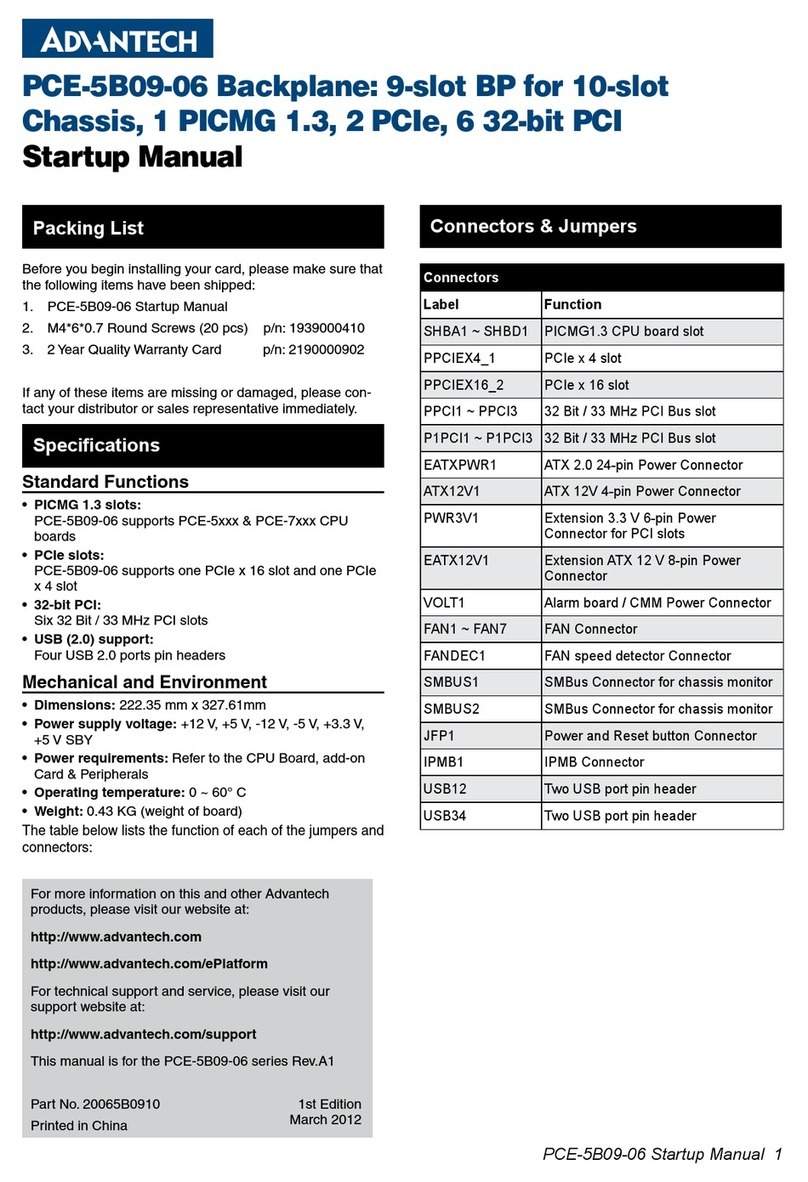
Advantech
Advantech PCE-5B09-06 Installation and operation manual
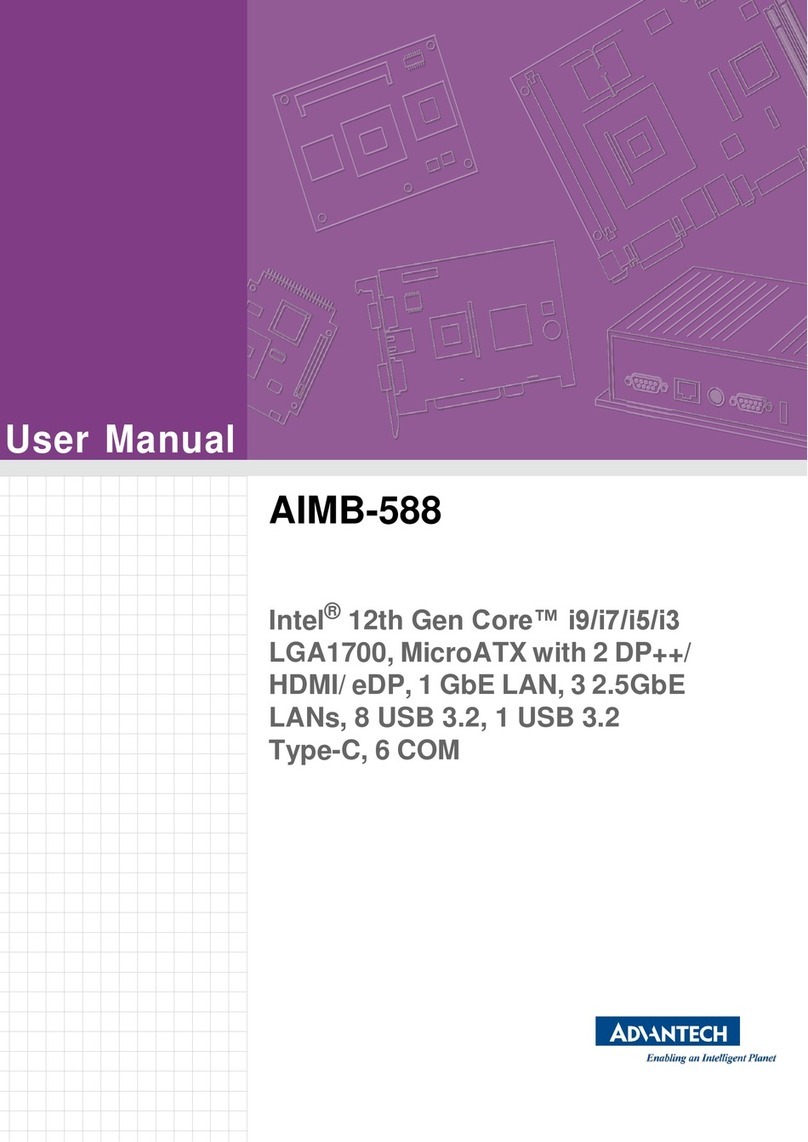
Advantech
Advantech AIMB-588 User manual
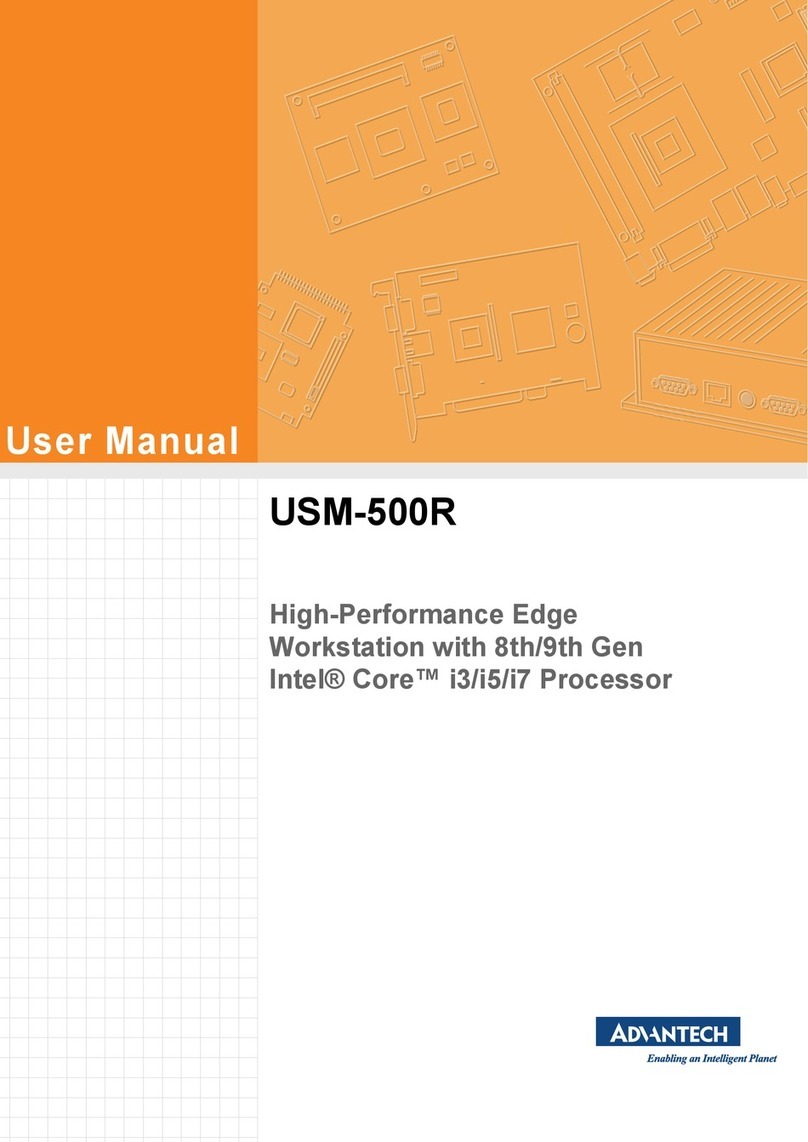
Advantech
Advantech USM-500R User manual
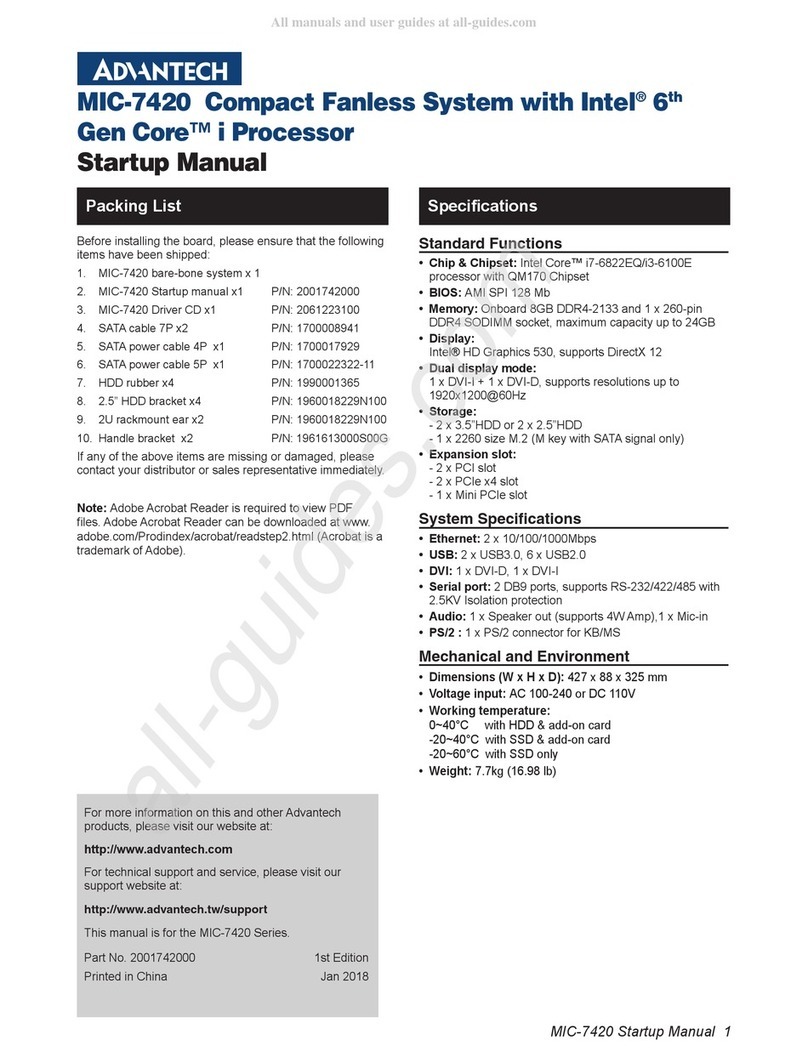
Advantech
Advantech MIC-7420 Installation and operation manual
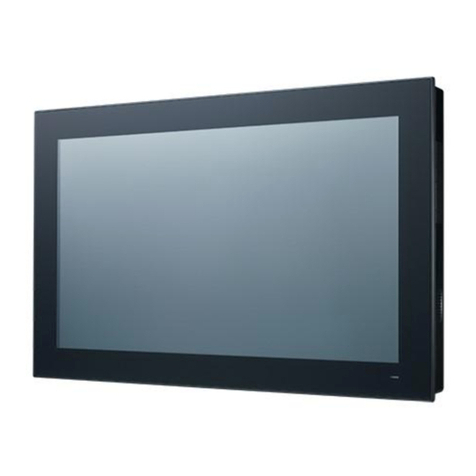
Advantech
Advantech PPC-3211W User manual
Popular Computer Hardware manuals by other brands
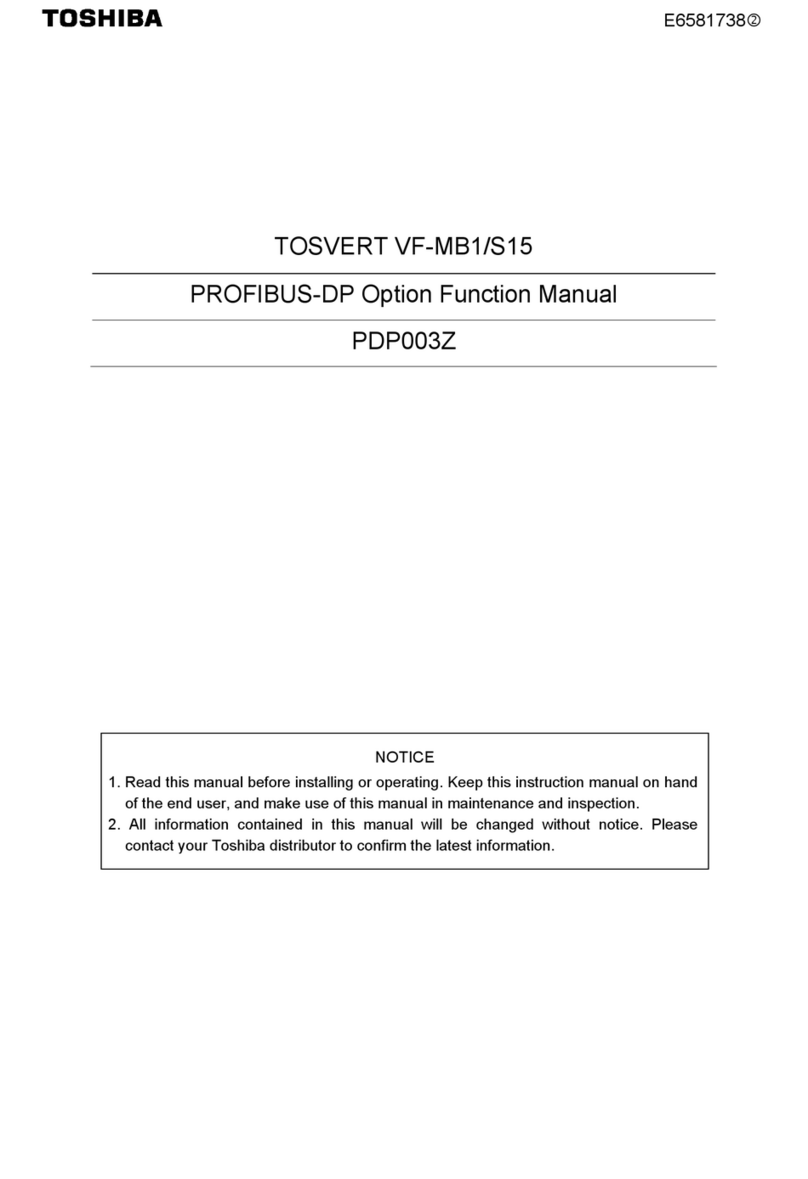
Toshiba
Toshiba TOSVERT VF-MB1/S15 IPE002Z Function manual
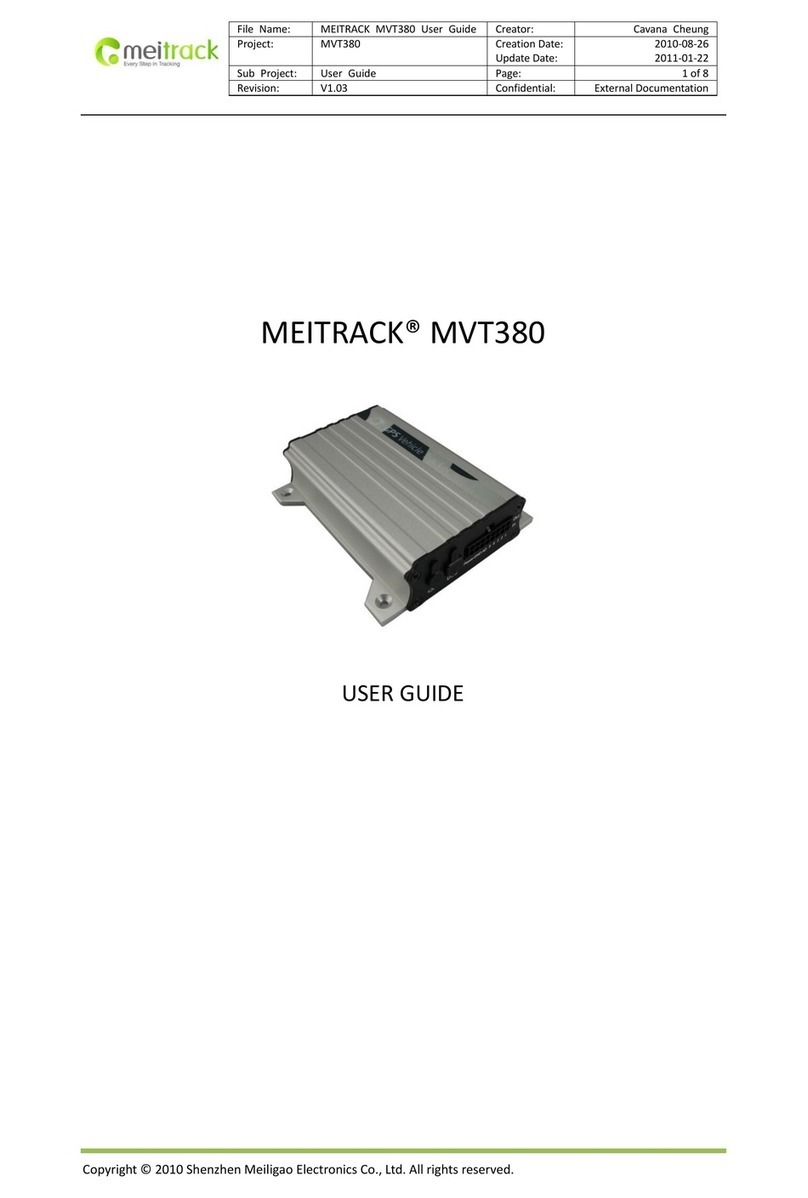
Shenzhen
Shenzhen MEITRACK MVT380 user guide
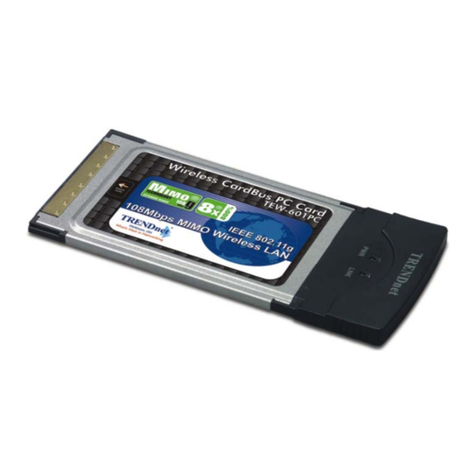
TRENDnet
TRENDnet TEW-601PC - SUPER G MIMO WRLS PC CARD user guide

StarTech.com
StarTech.com CF2IDE18 instruction manual
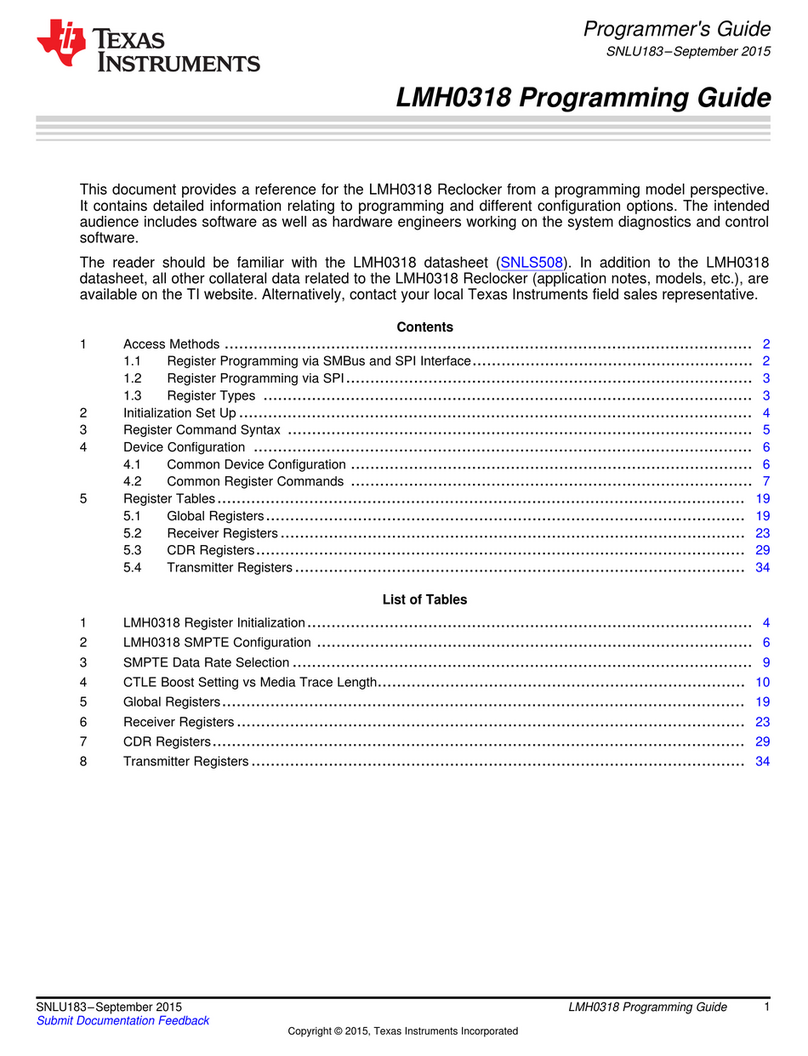
Texas Instruments
Texas Instruments LMH0318 Programmer's guide
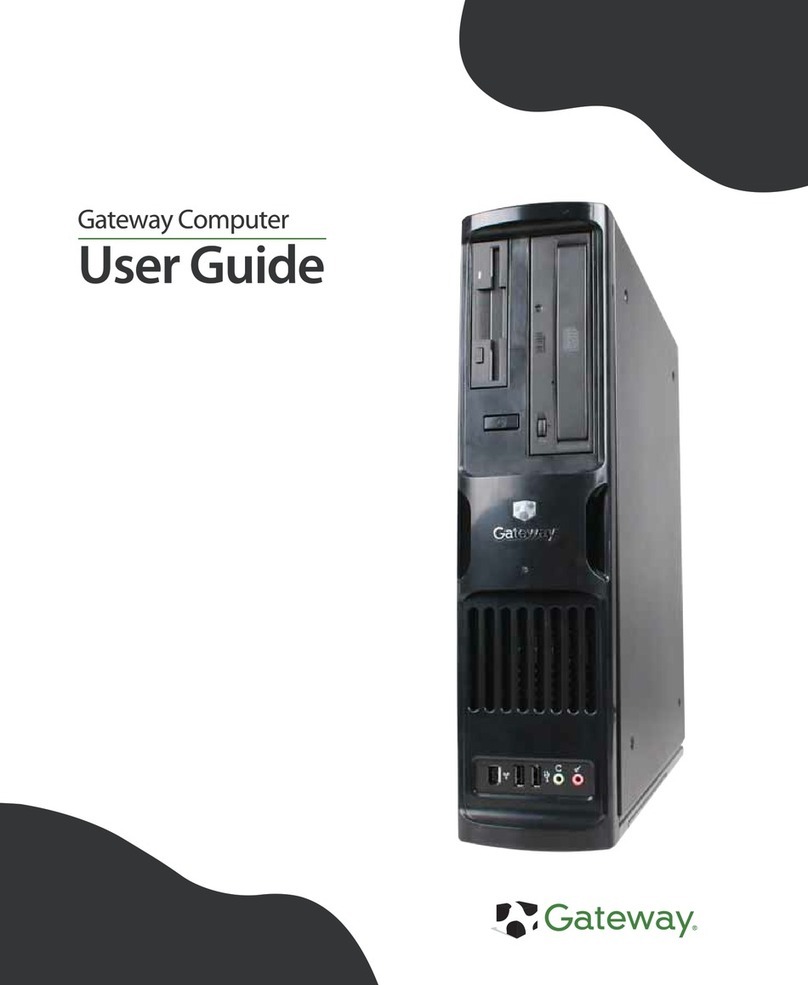
Gateway
Gateway 8510946 user guide
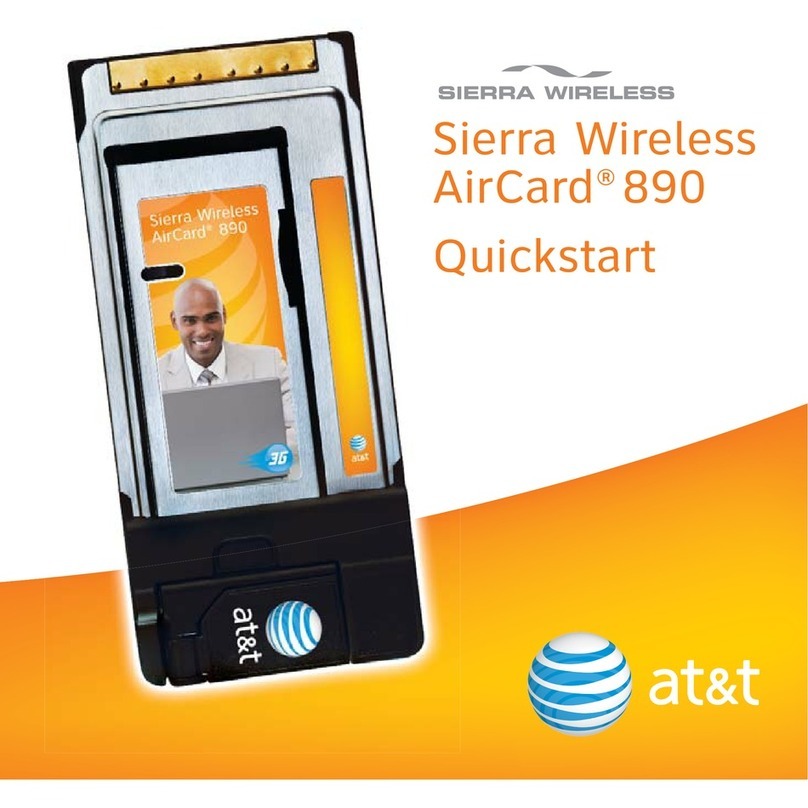
Sierra Wireless
Sierra Wireless Sierra Wireless AirCard 890 quick start guide

Leadtek
Leadtek Killer Xeno Pro Quick installation guide

Star Cooperation
Star Cooperation FlexTiny 3 Series Instructions for use
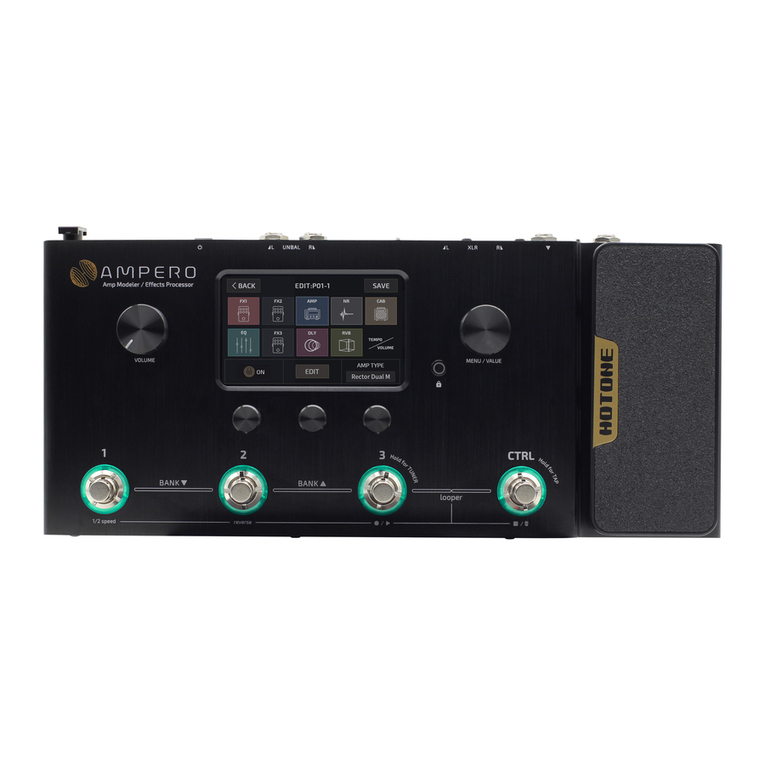
Hotone
Hotone Ampero user manual
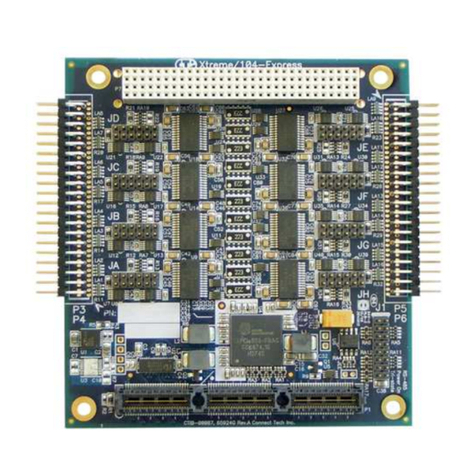
Connect Tech
Connect Tech Xtreme/104-Express user manual

Yealink
Yealink WF50 user guide

